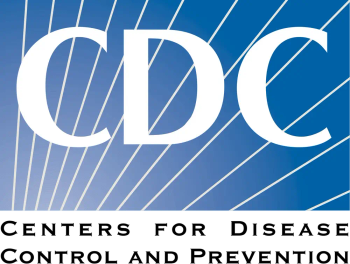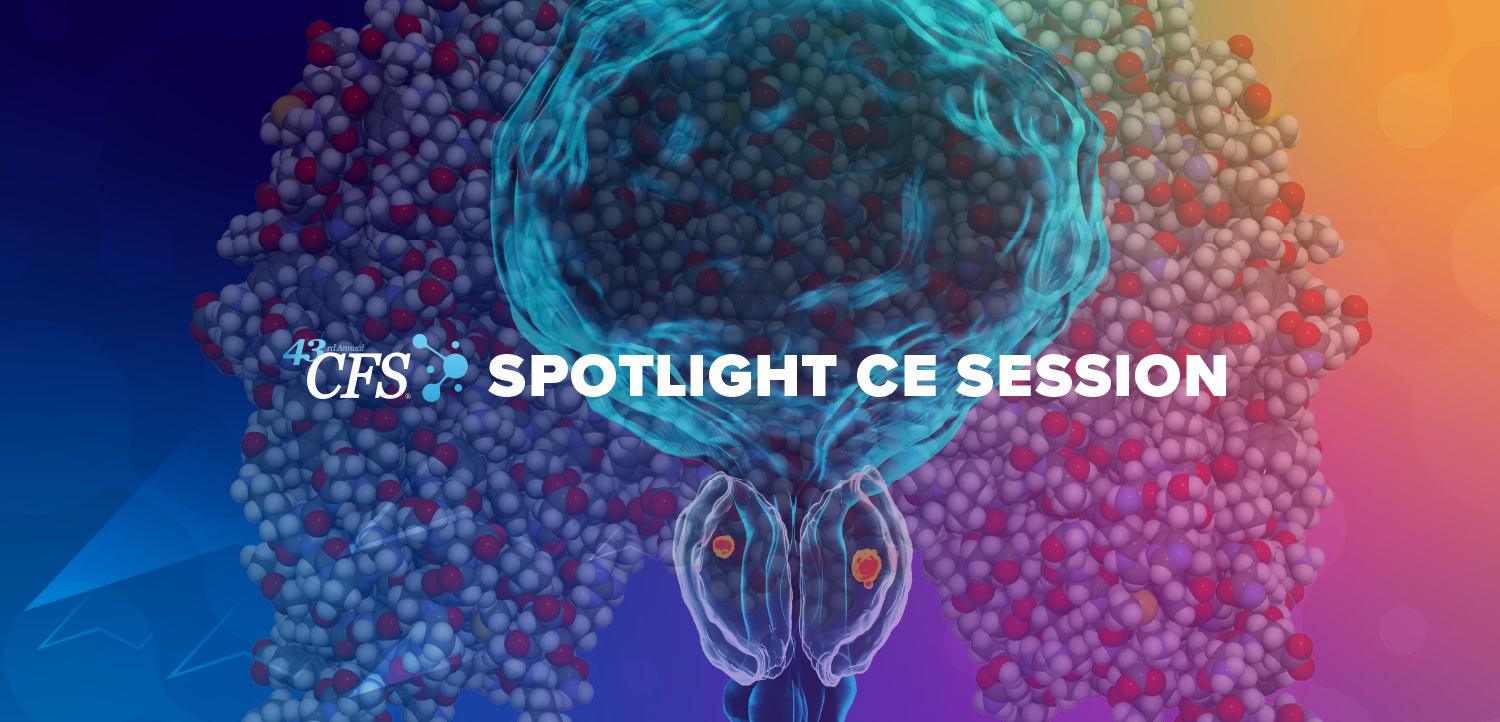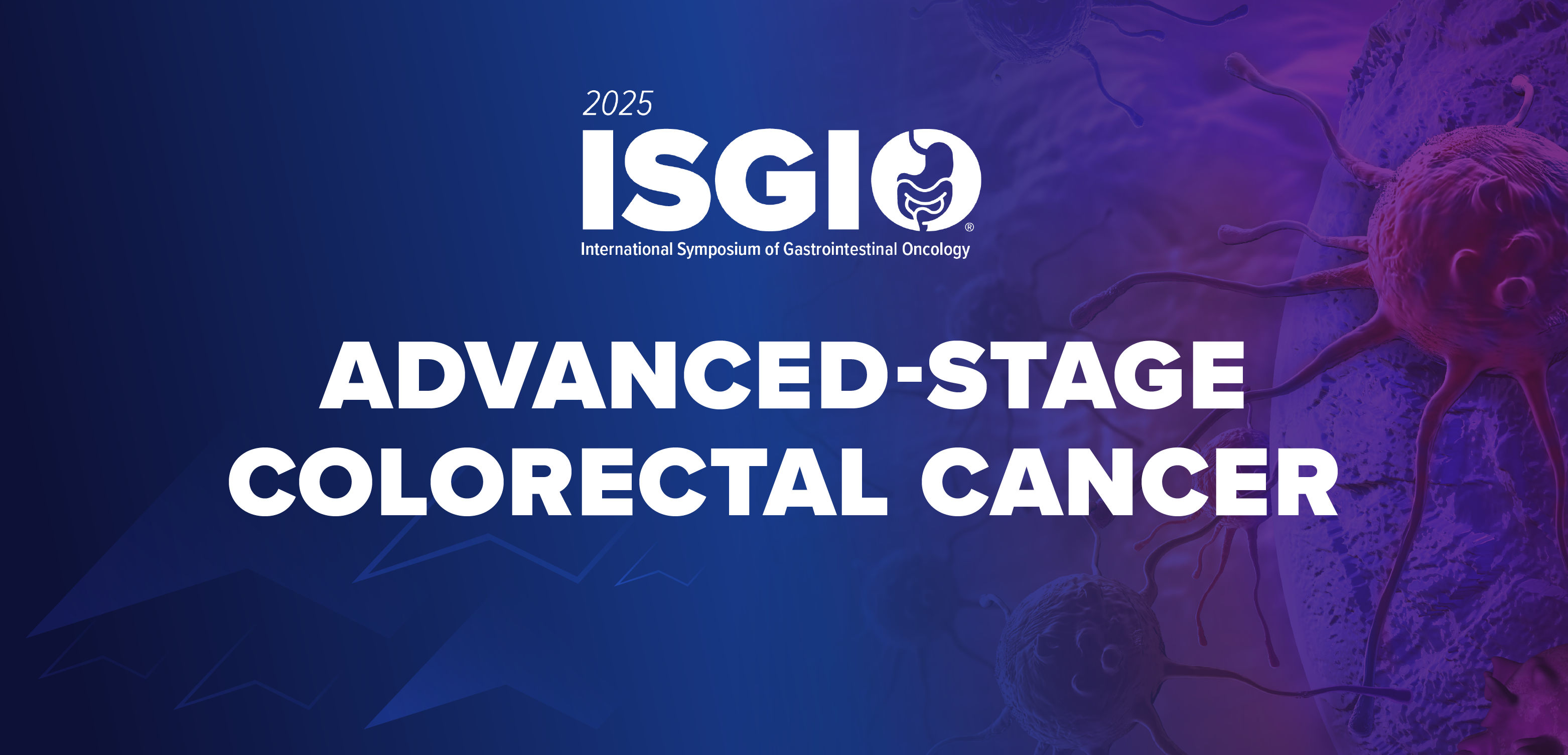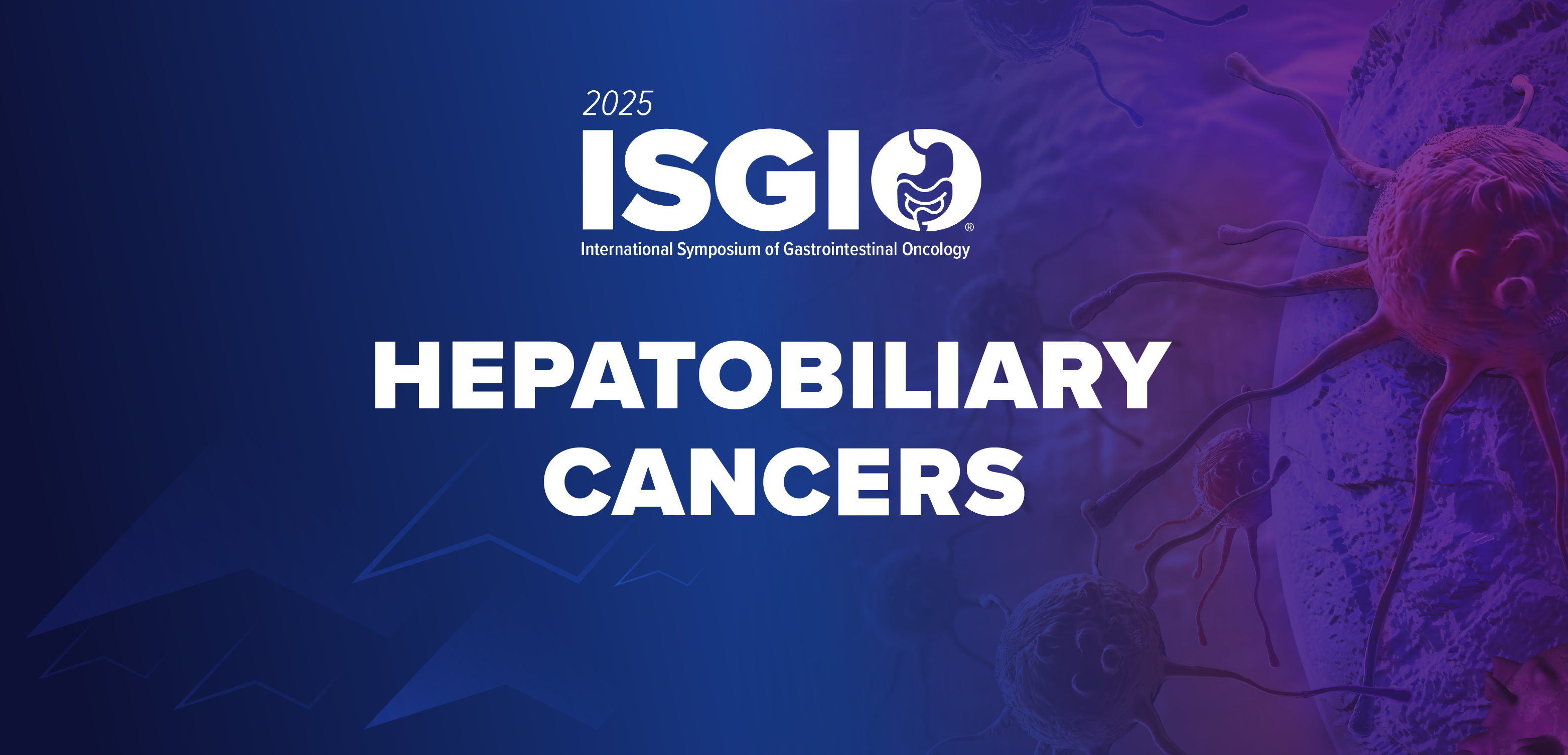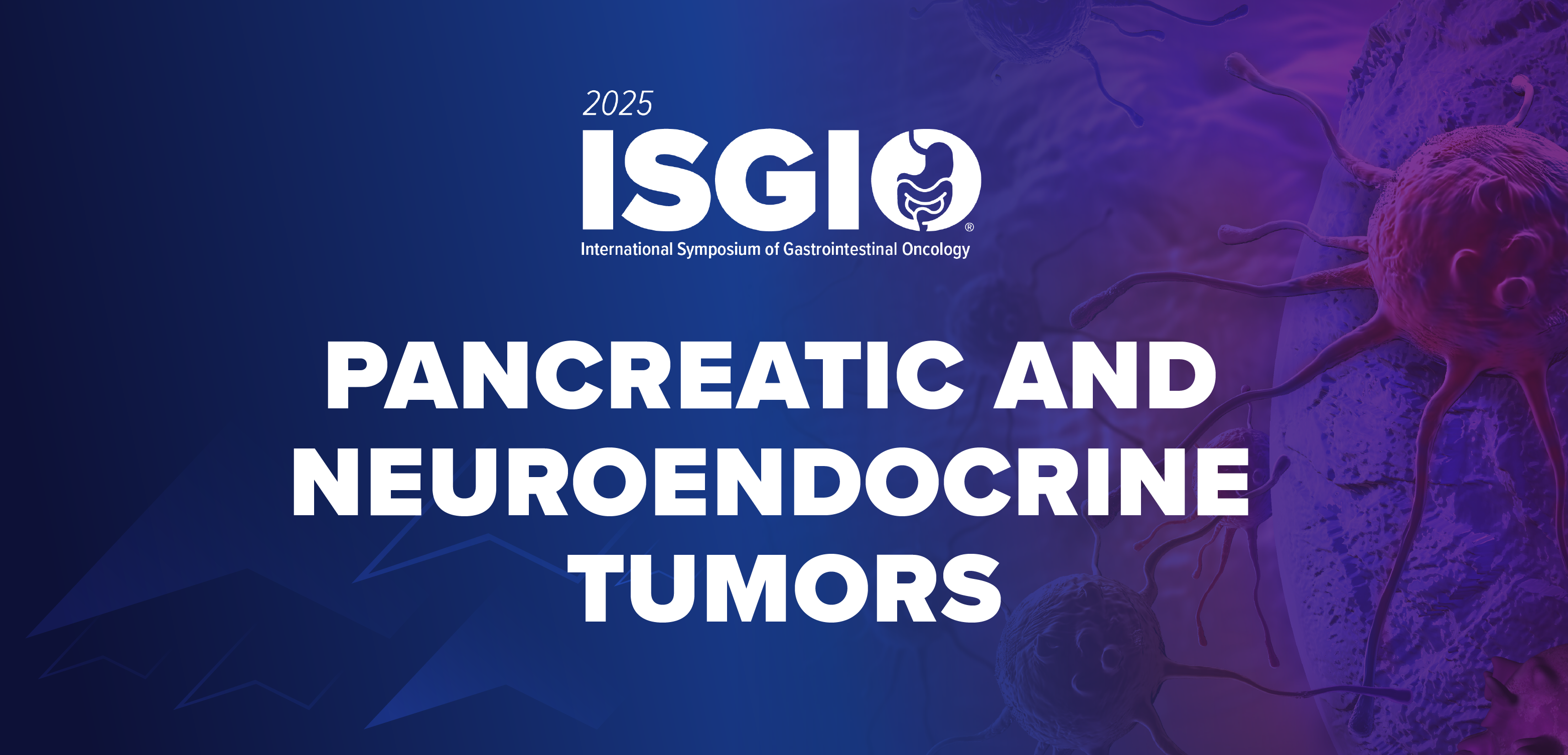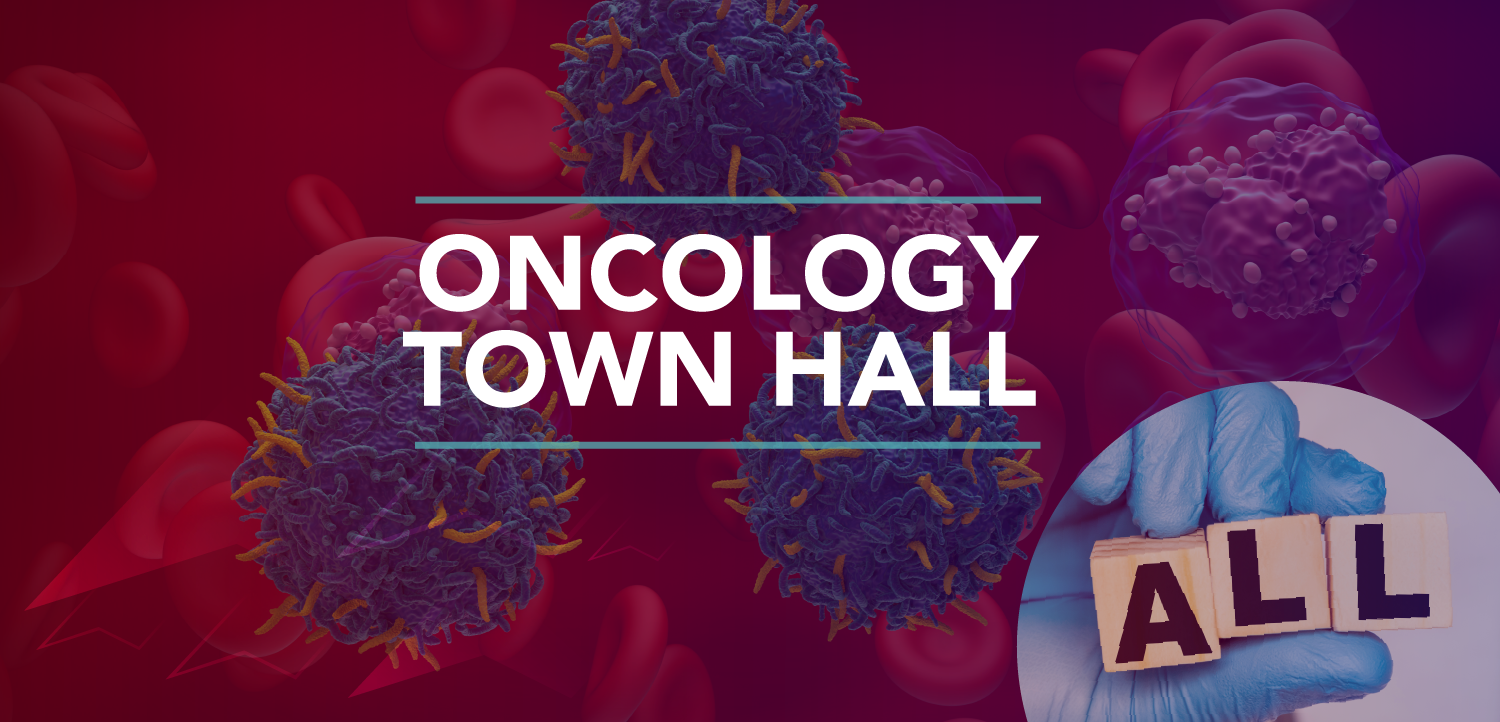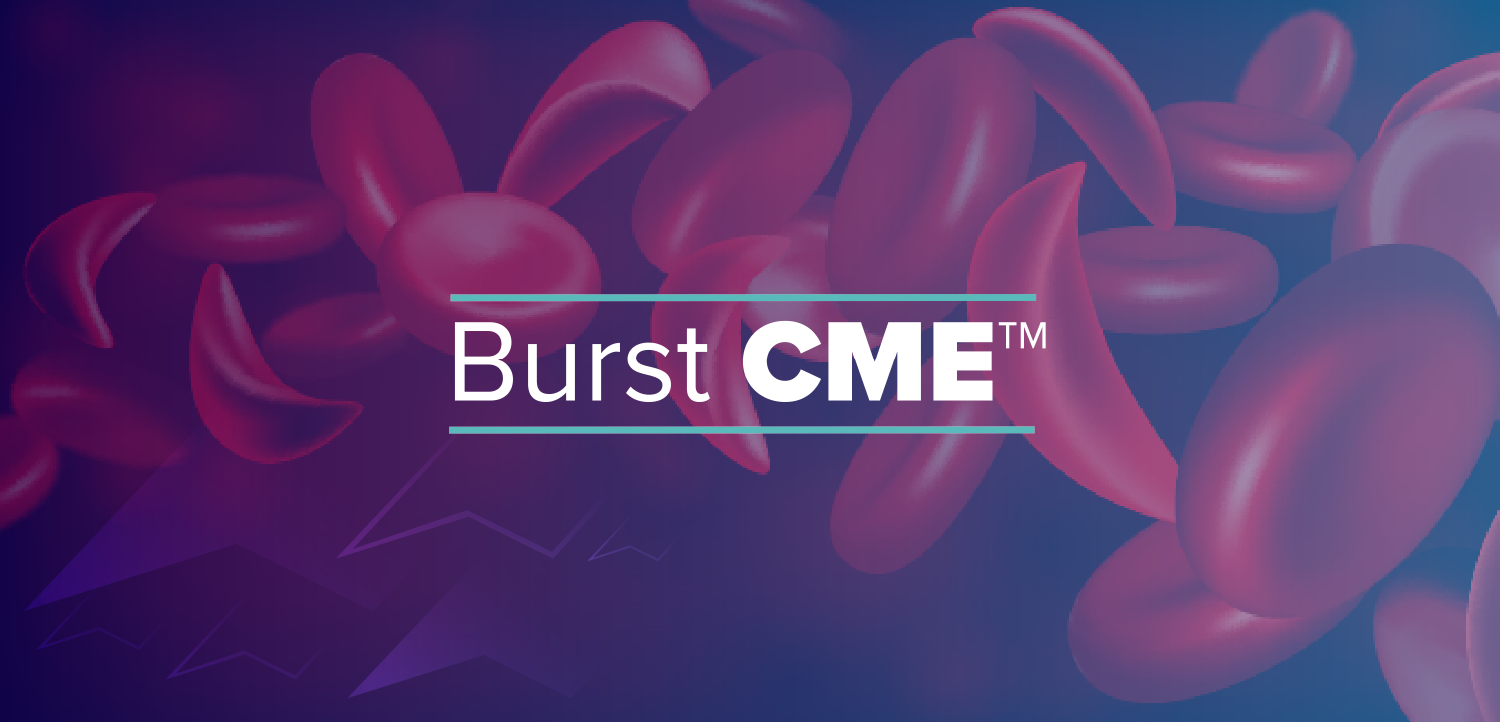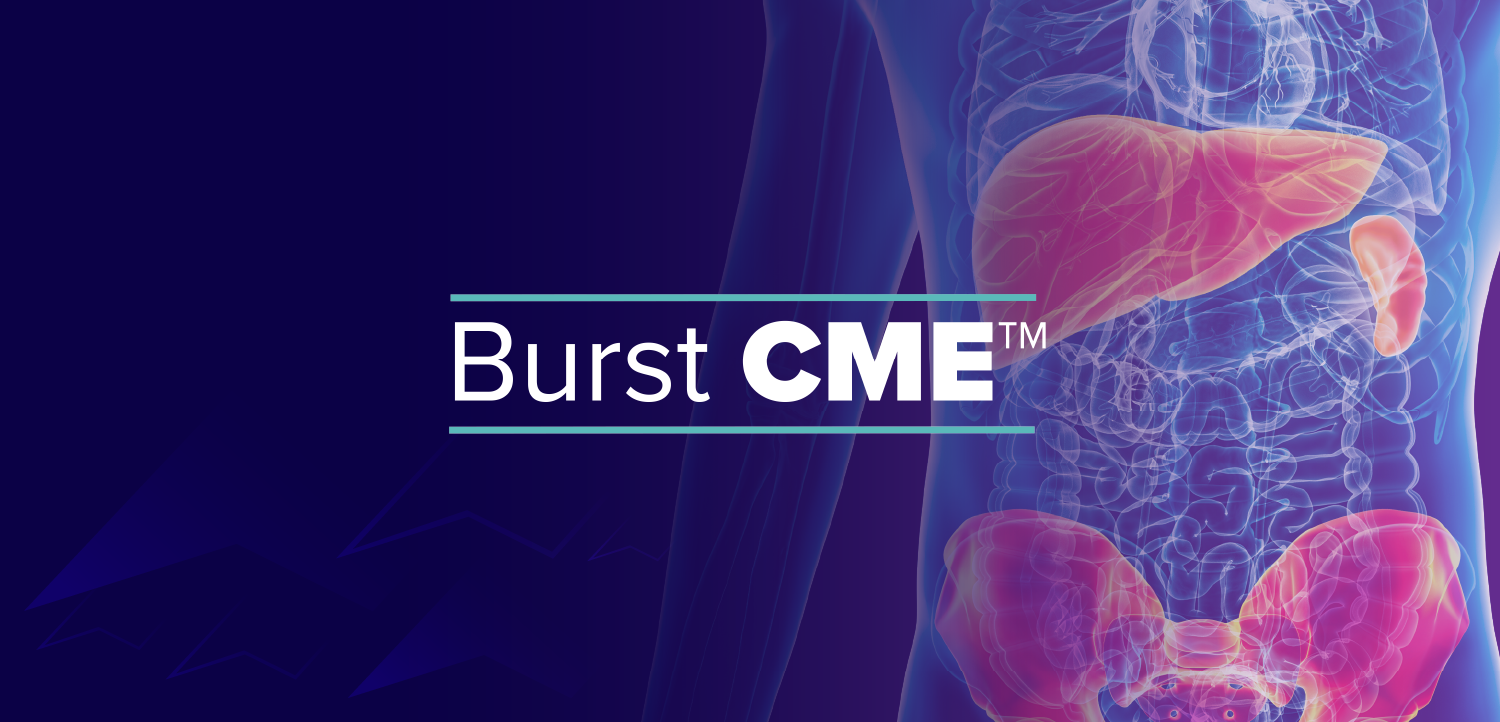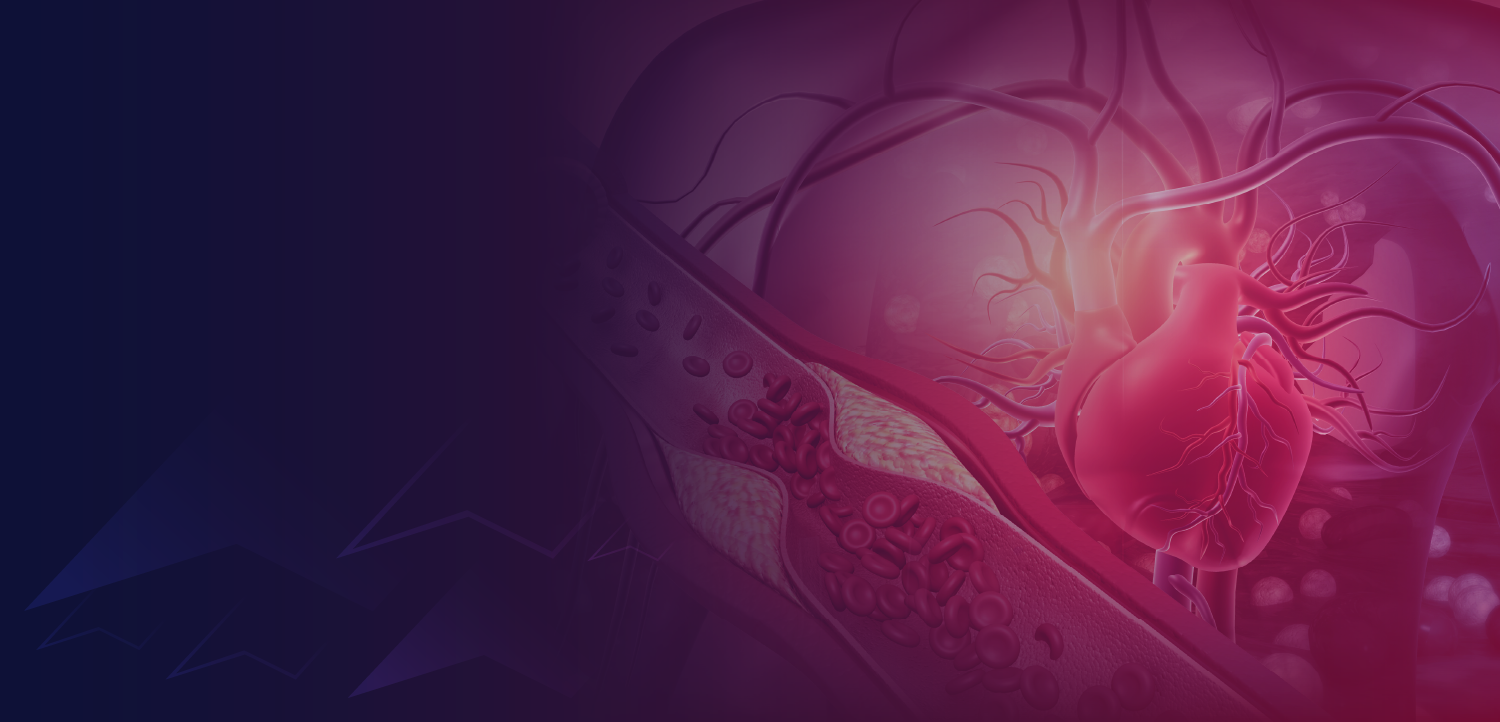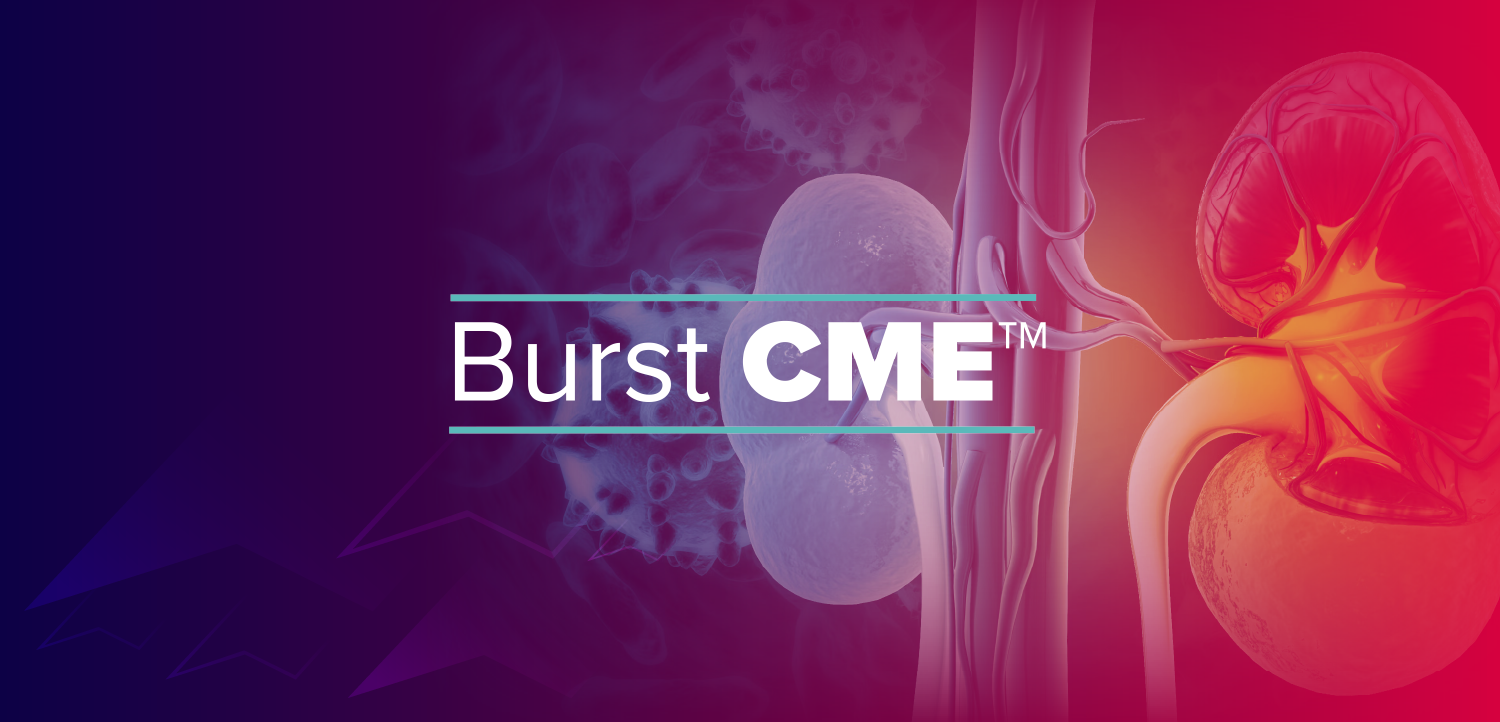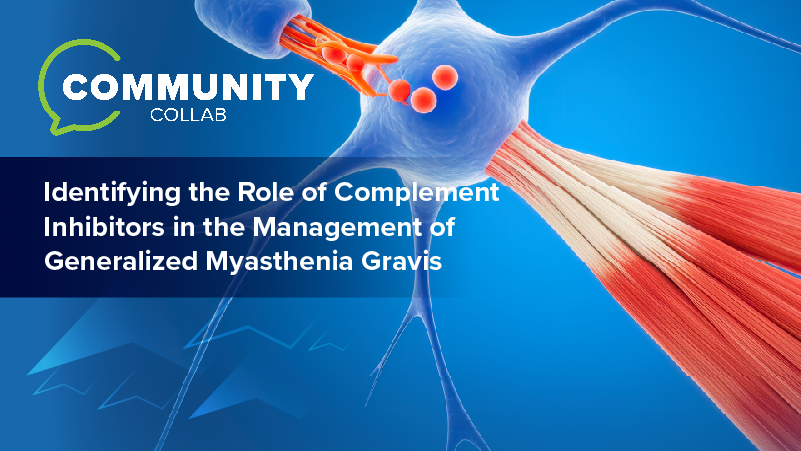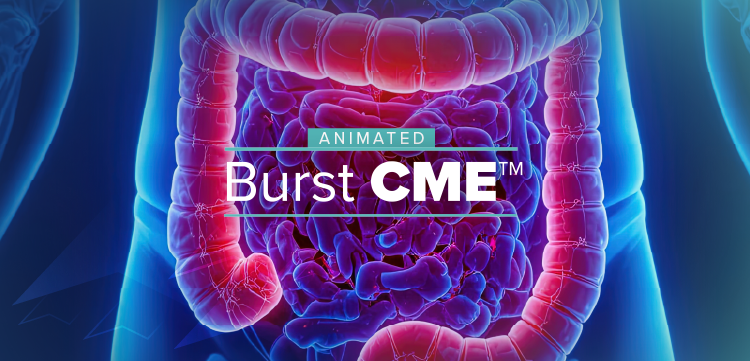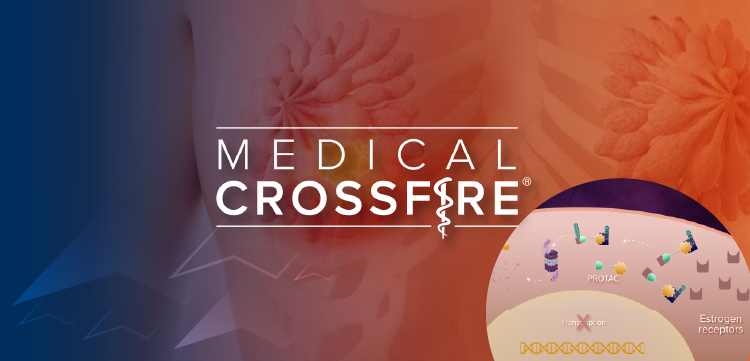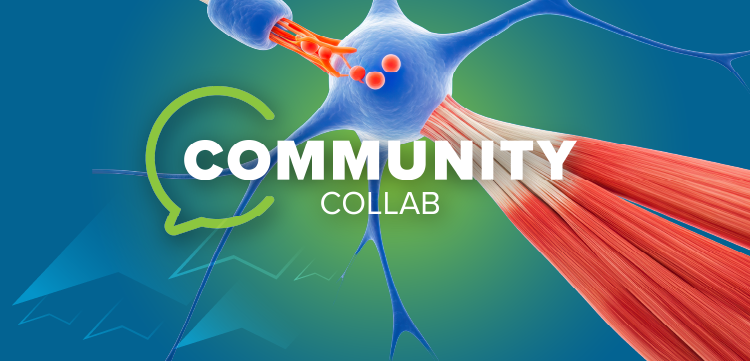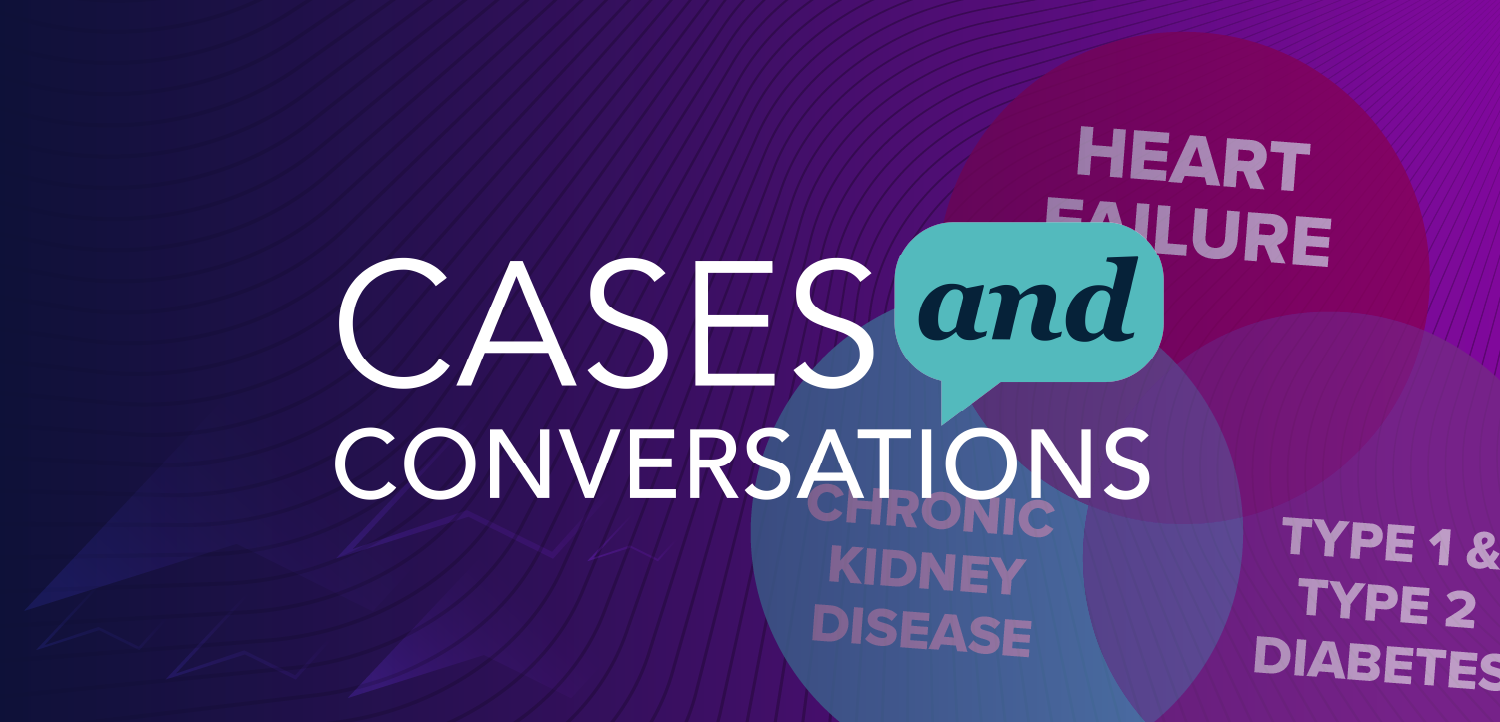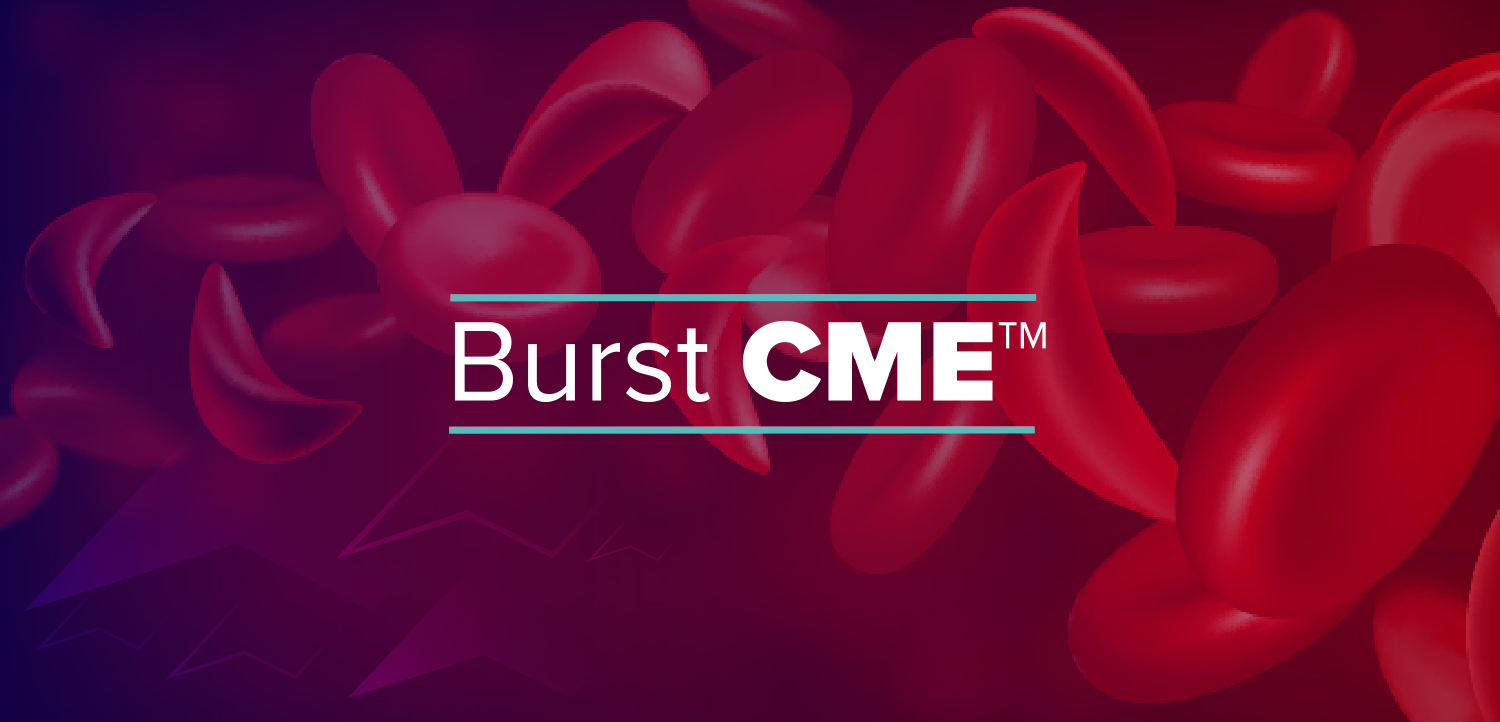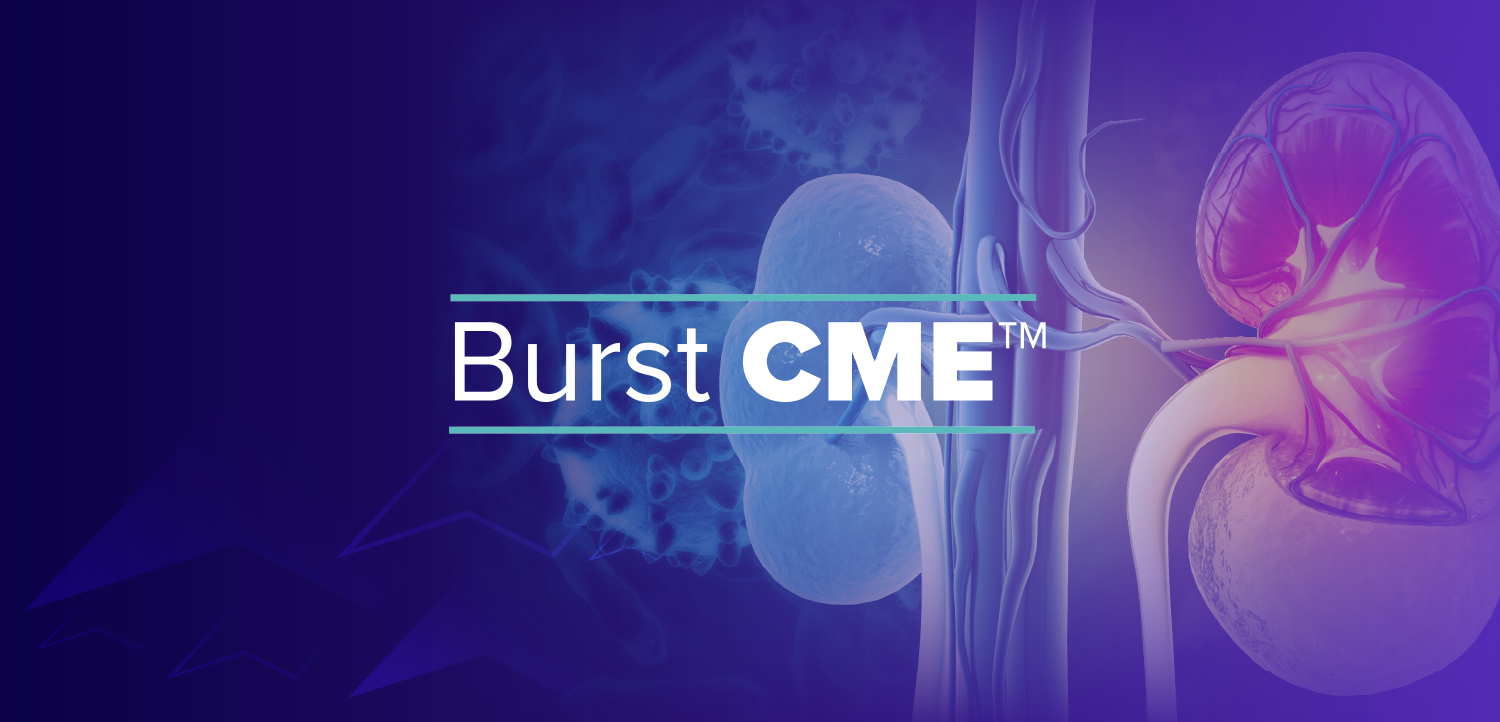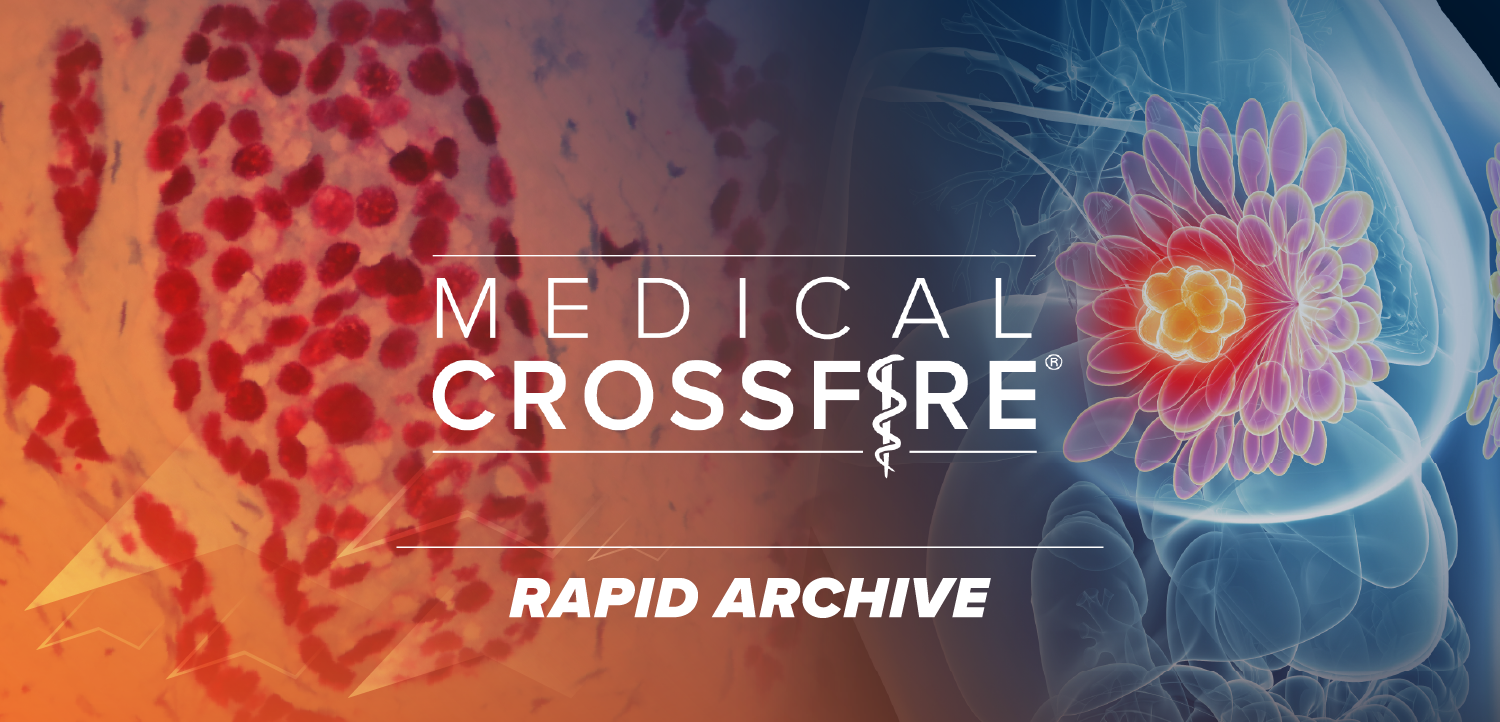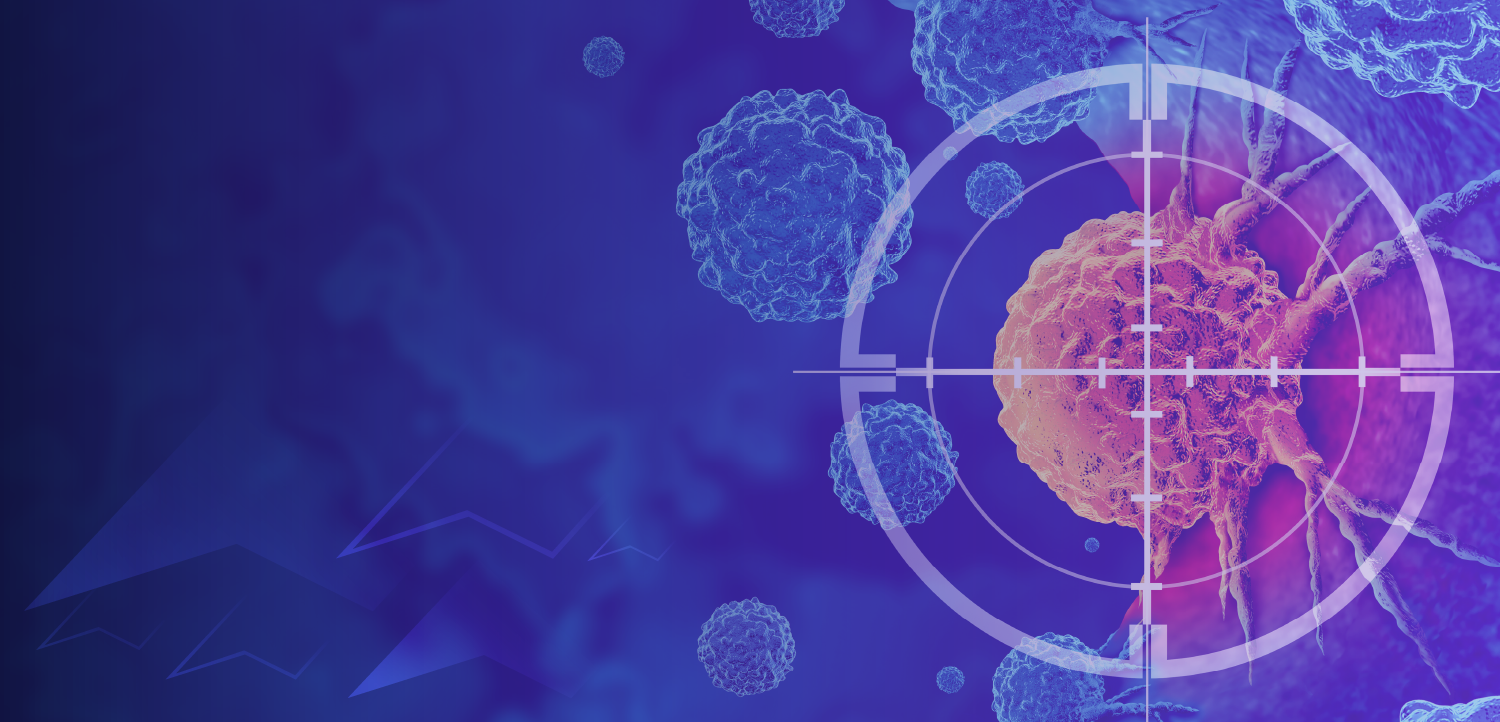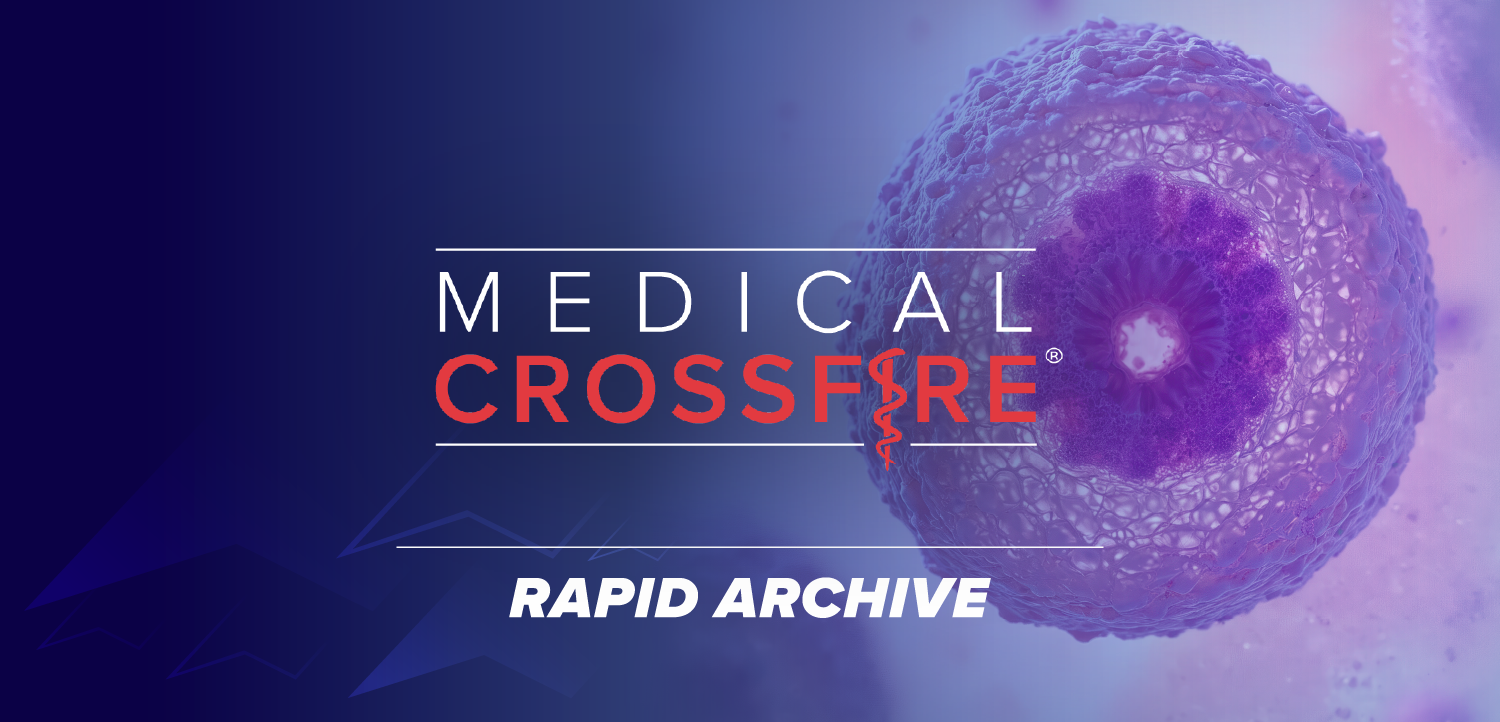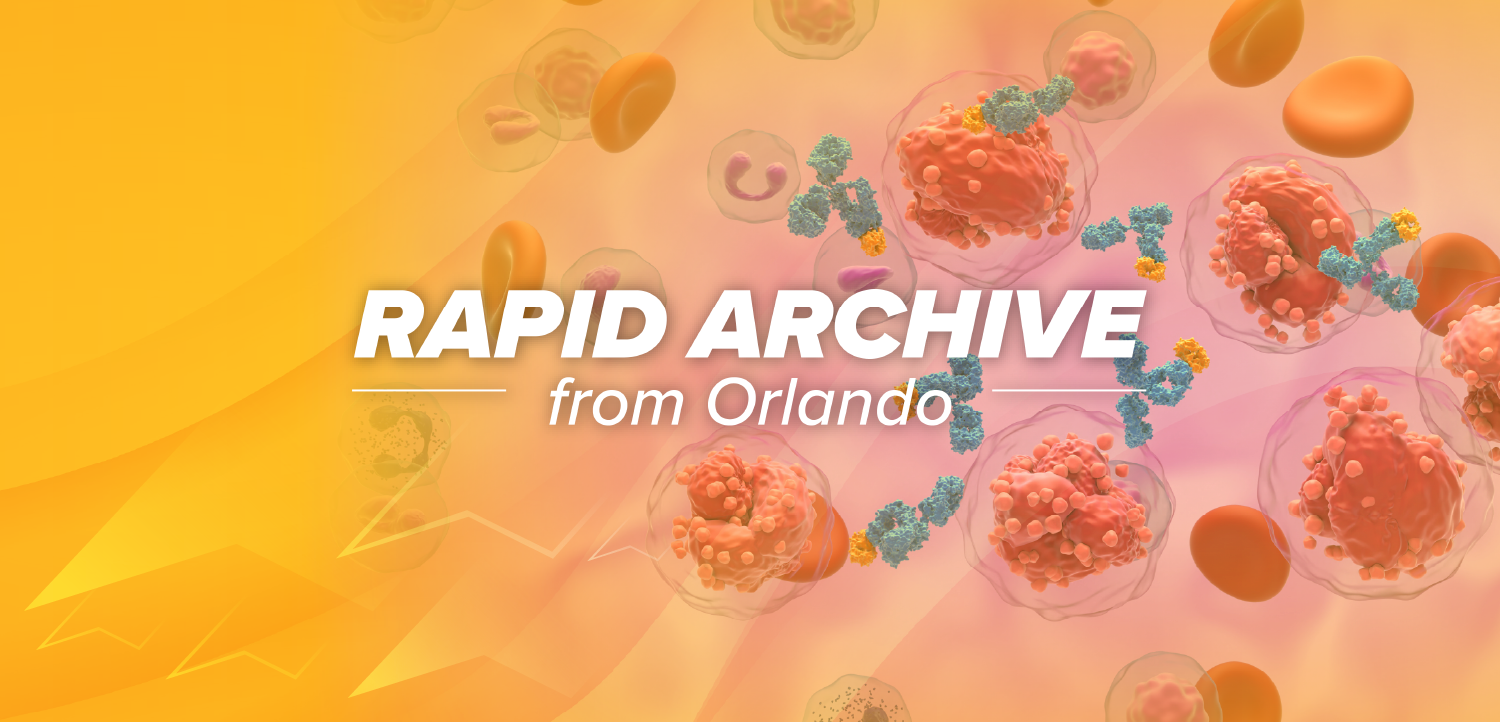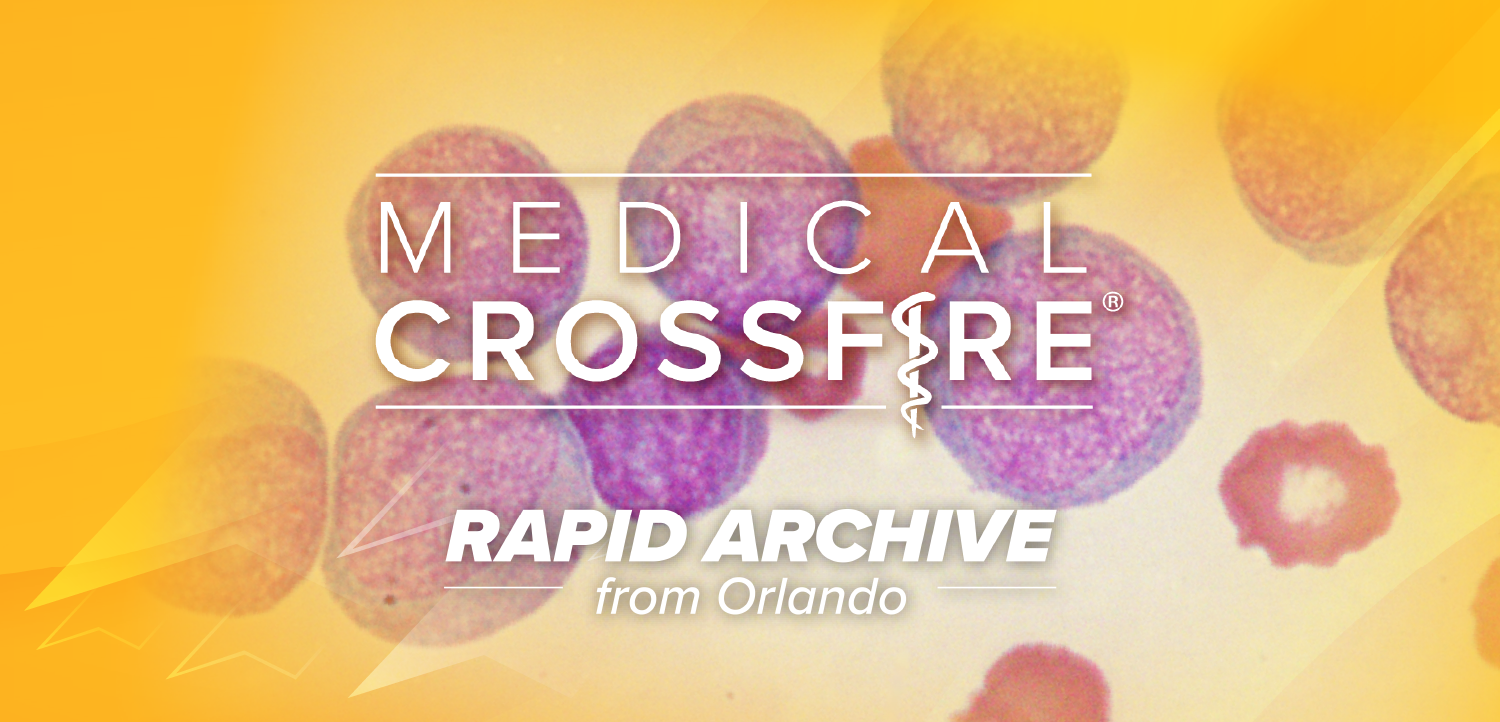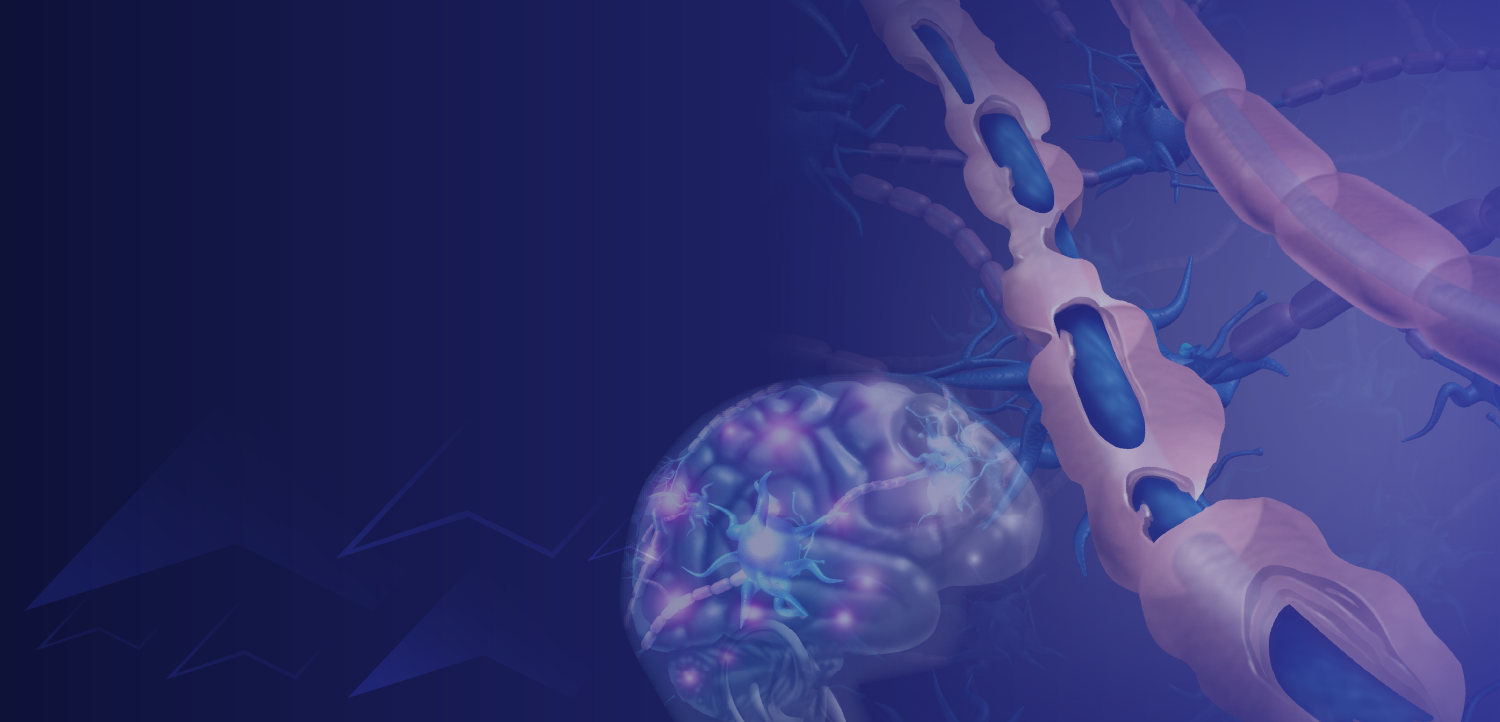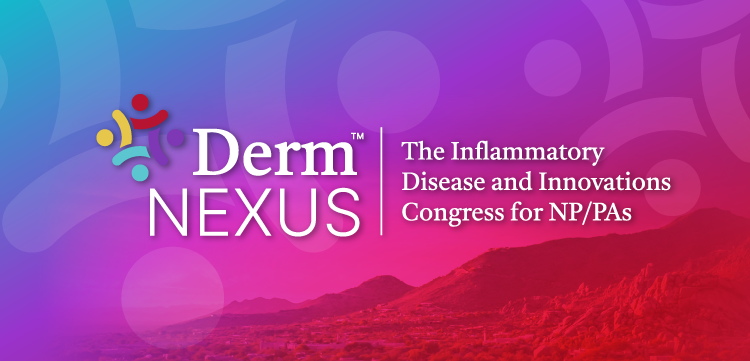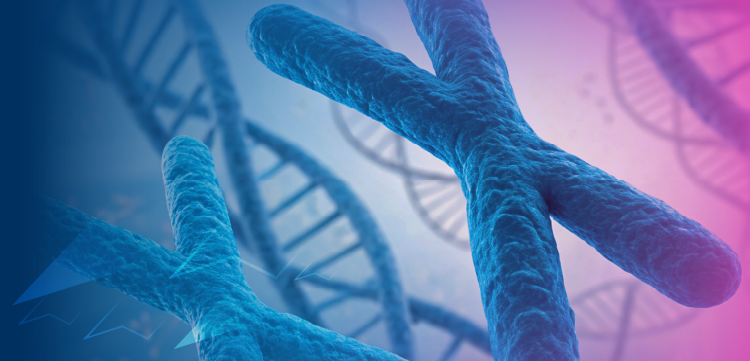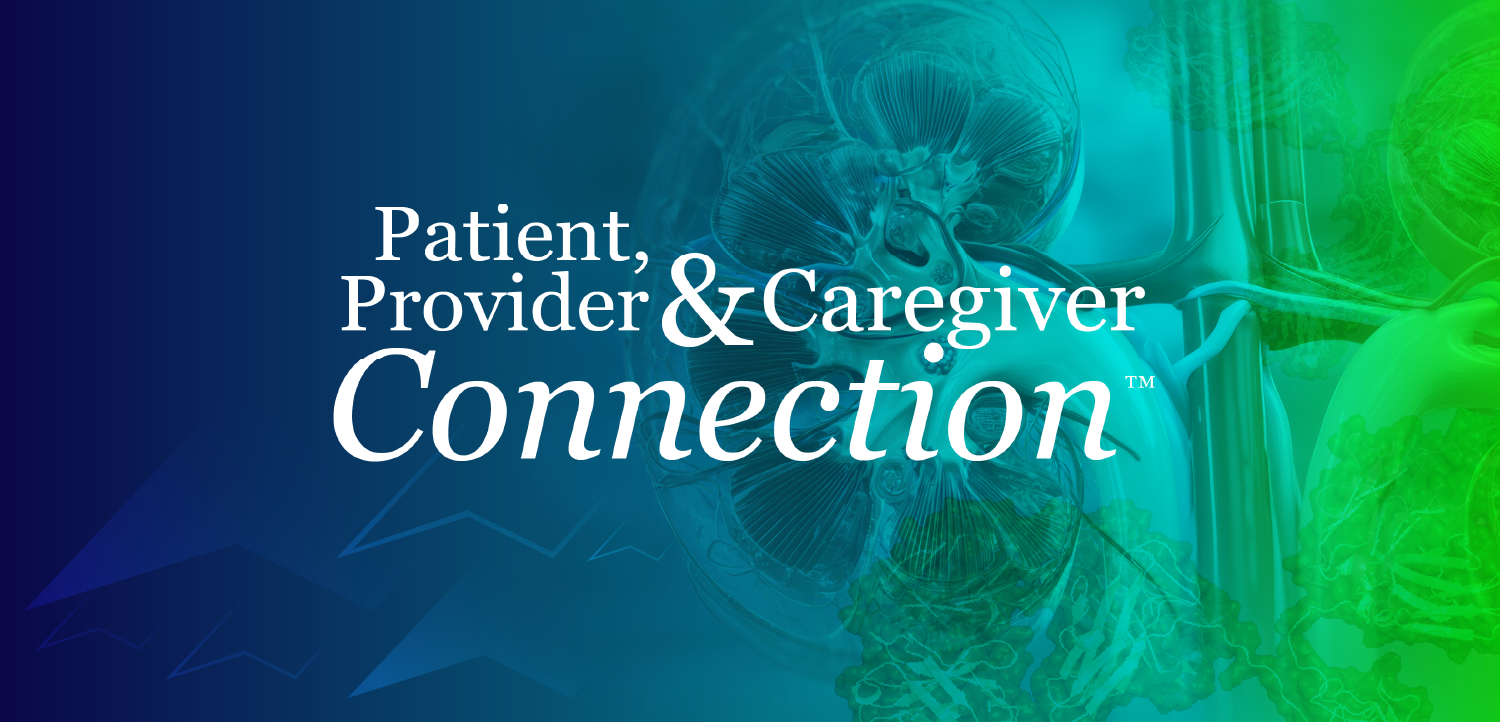The New Jersey Department of Health (NJDOH) is investigating a case of malaria in a Morris County resident who has no recent history of international travel, raising the possibility that the infection was acquired within the state. If confirmed, this would be the first locally transmitted malaria case in New Jersey since 1991, according to NJDOH.1
Health officials emphasized that although malaria can be serious, the risk to the general public remains low. Anopheles mosquitoes, which can transmit malaria, are present in New Jersey, but locally acquired infections are rare. NJDOH is working with the US Centers for Disease Control and Prevention (CDC) and the New Jersey Department of Environmental Protection (NJDEP) to identify potential sources of infection.1
“While risk to the general public is low, it’s important to take the necessary precautions to prevent locally acquired malaria in New Jersey,” said Jeff Brown, NJDOH acting commissioner, in the press release. “Preventing mosquito bites and ensuring early diagnosis and treatment in returning travelers are key.”1
New Jersey Commissioner of Environmental Protection Shawn M. LaTourette also urged residents to reduce mosquito populations. “Eliminating standing water around properties will go a long way to reducing the risk of mosquito breeding,” he said.1
Malaria, a parasitic disease spread by mosquito bites, is widespread in many tropical and subtropical countries. Symptoms typically appear 7 to 30 days after exposure and include fever, chills, headache, muscle aches, and fatigue; nausea, vomiting, and diarrhea may also occur. The disease is treatable with prescription antimalarial drugs but can become life-threatening without timely care.1
New Jersey reports approximately 100 travel-associated malaria cases annually. Local transmission can occur if a mosquito bites a person infected abroad and then bites another individual. Effective treatment of imported cases reduces the risk of secondary spread.1
The NJDOH advised residents to1:
- Prevent bites by using US Environmental Protection Agency–registered insect repellents and wearing protective clothing outdoors
- Reduce mosquito populations by removing standing water from yards, birdbaths, tires, and other containers
- Protect themselves when traveling to malaria-endemic regions by consulting a health care provider for preventive medications or vaccines and by taking precautions against mosquito bites after returning home
Officials also noted that summer and early fall are peak seasons for other mosquito-borne illnesses in New Jersey, including West Nile virus and Eastern equine encephalitis.1
What You Need To Know
NJDOH and CDC are probing a malaria infection in a Morris County resident with no international travel history.
If confirmed, this would mark the first locally acquired case of malaria in New Jersey in more than 30 years.
Officials stress that the risk to the general population is low, but urge mosquito bite prevention and removal of standing water.
The New Jersey State Mosquito Control Commission, NJDEP, Morris County Mosquito Control Division, NJDOH, and CDC are coordinating on mosquito control efforts to minimize public health risks.1
What Is Malaria?
According to the fourth edition of Medical Microbiology, malaria is a mosquito-borne infectious disease caused by protozoa of the genus Plasmodium. Four species typically infect humans—Plasmodium falciparum, Plasmodium vivax, Plasmodium ovale, and Plasmodium malariae—with P falciparum being the most dangerous.2
The parasite is transmitted to humans through the bite of female Anopheles mosquitoes. Once inside the body, the parasite moves through a complex life cycle in the liver and red blood cells. Periodic rupture of infected red cells triggers the hallmark symptoms: fever, chills, headache, fatigue, sweating, nausea, and vomiting.2
Although many cases resemble a viral-like illness at first, severe malaria can cause cerebral involvement, anemia, renal failure, or multiorgan failure. Without prompt diagnosis and treatment, P falciparum infection can be fatal.2
Globally, malaria remains one of the most prevalent infectious diseases, with hundreds of millions of cases annually and over a million deaths, particularly in tropical and subtropical regions. In the US, most cases are imported by travelers, though rare instances of local transmission have occurred when infected mosquitoes bite residents.2
References
1. NJDOH and NJDEP investigate case of malaria in Morris County resident with no recent international travel. News release. New Jersey Department of Health. August 18, 2025. Accessed August 19, 2025. https://www.nj.gov/health/news/
2. Crutcher JM, Hoffman SL. Malaria. In: Baron S, ed. Medical Microbiology. 4th ed. University of Texas Medical Branch at Galveston; 1996. https://www.ncbi.nlm.nih.gov/books/NBK8584/

